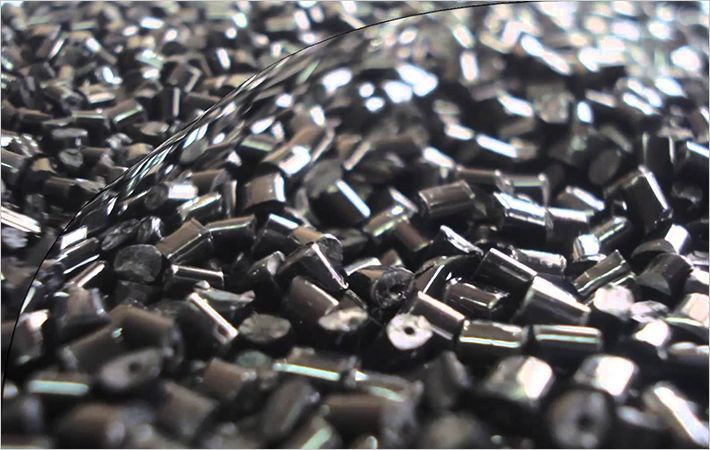Poor seating comfort decreases concentration and drivers tire more easily – if worst comes to worst, this can lead to accidents. The Hohenstein Institutes have developed different test methods for objectively determining the physiological comfort of vehicle seats. Renowned vehicle manufacturers have been using the laboratory tests for many years to check the materials and seating systems they use.
When it comes to ergonomics, the central issue is whether a vehicle seat offers enough mechanical support for the driver's body without forcing them into an unnatural seating position. A comfortable climatic comfort is equally important, though.
It indicates whether the seat cover and the interior of the seat are capable of appropriately regulating the thermal balance and the moisture transport of the body in relation to the ambient conditions in the vehicle (temperature, humidity).
If this is not the case, uncomfortable heat or humidity accumulations can occur, placing physical and mental strain on the driver. Sufficient seating comfort is only ensured if material and design of vehicle seats are ideally coordinated to produce a so-called ventilation effect between the body and the seat.
The researchers at the Hohenstein Institute have established four key characteristics which determine the physiological comfort of vehicle seats: Initial heat flux designates the driver's heat perception directly upon first contact with the seat. Breathability indicates how quickly moisture can be transported away from the seating material. Thermal insulation is the measure of how well a seat warms the vehicle driver at low temperatures and how well it protects against heat accumulation at high temperatures. Moisture buffering shows how much water vapour the seat can absorb without feeling subjectively damp.
The Hohenstein Institutes have two special measuring devices for quantifying the comfort of vehicle seats. To simulate the body's heat emission, an aluminium stamp in the shape of the human buttocks, the so-called Upholstery Tester, is pre-heated to skin temperature and pressed into the seat. Heat flow sensors integrated into the device record the level of heat insulation of the seat upon first contact and after reaching the temperature balance between body and seat.
Breathability and water vapor buffering of the seat are determined using the thermoregulatory model of human skin – the Skin Model. It consists of a porous, heatable metal plate which can control release water vapour to simulate the sweating as a function of different physical activity levels.

